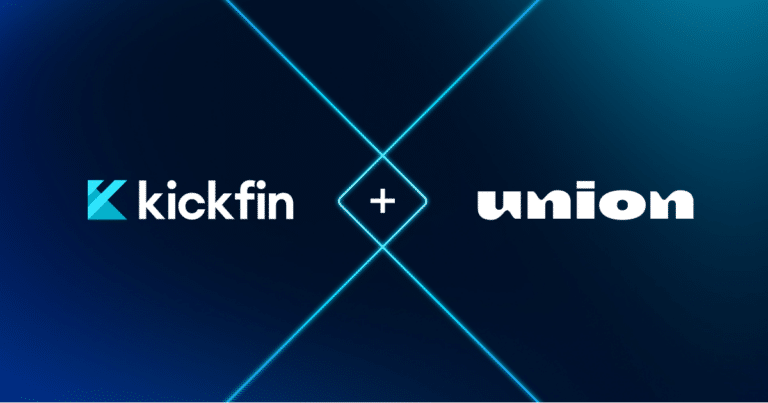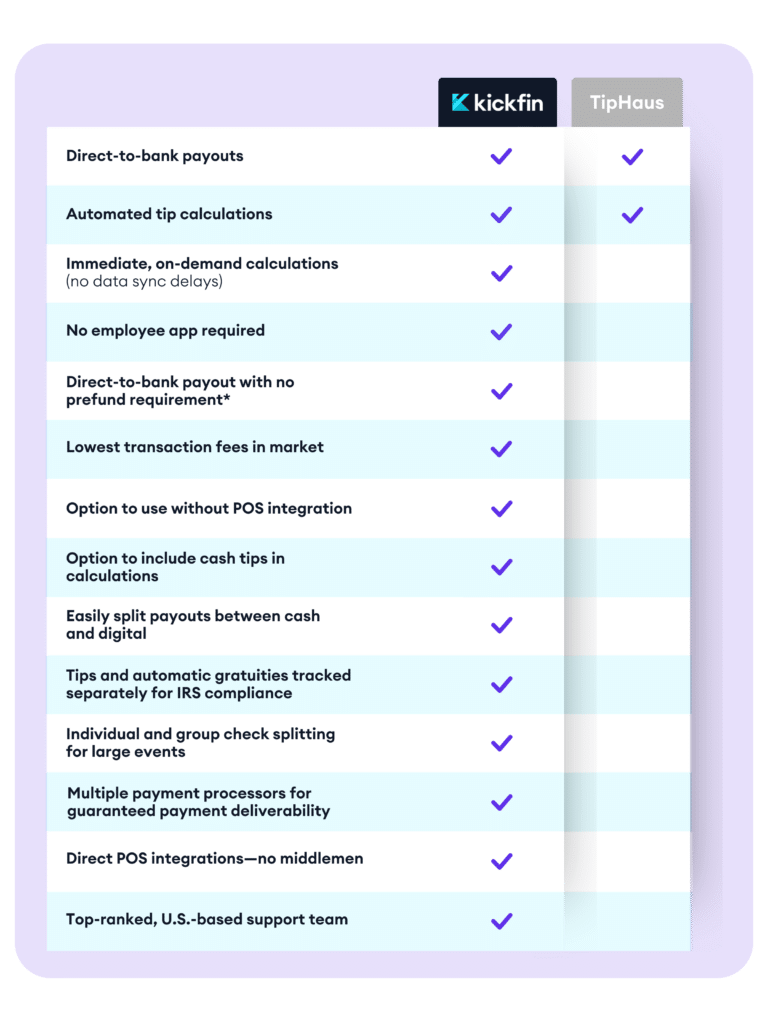Franchise restaurants are establishments licensed to operate under a brand name using specific products and business models. We’ll provide insight into what these restaurants are, the benefits and drawbacks of running a franchise, and how to launch and operate your franchised restaurant successfully.
What Is a Franchise Restaurant?
A franchise restaurant is a dining establishment that operates under a franchise agreement, entitling the owners to use a brand name they don’t own. The franchisee, or owner of the individual location, pays for the rights to use the franchise’s brand name, logo, business model, and products.
A franchise business structure allows individual franchise restaurants to benefit from the larger brand’s established reputation, best practices, and customer base. While they have to adhere to guidelines set by the franchisor regarding food quality, service standards, and restaurant decor, franchisees also get support in areas like marketing and supply chain management.
Pros and Cons of Investing in a Franchise Restaurant
As with any restaurant, franchises have advantages and disadvantages. Understanding the pros and cons of investing in a franchise can give you a better idea of what to expect from franchising and whether the franchise business model may be right for you.
Pros
- Proven business model: Franchise restaurants operate on an established business model. This considerably reduces the risk of failure compared to starting a restaurant from scratch. As a franchisee, you can leverage the franchisor’s experience and expertise, learning from their best practices.
- Brand recognition: Buying a franchise means investing in a known and trusted brand. This instant brand recognition can attract customers right from the start, giving you a head-start on marketing that can be expensive and time-consuming.
- Ongoing support: Most franchisors provide continuous support to their franchisees. This can range from initial training, site selection, and construction support to long-term operational and marketing assistance. This support can be invaluable, especially for first-time operators.
- Greater purchasing power: Being part of a franchise network often means benefiting from the franchisor’s purchasing power. Franchises often negotiate lower inventory, equipment, and supplies prices, saving individual franchisees money.
- Easier access to financing: Financial institutions are often more willing to lend to franchisees due to the lower risk associated with the business model. This can be a significant advantage when covering the considerable costs of building out and equipping a restaurant.
Cons
- High initial investment: Franchise restaurants often require a substantial upfront investment. This can include the franchise fee, construction costs, equipment, and inventory purchases. These costs can be considerable and may take two years or more to recoup.
- Ongoing fees: As a franchisee, you must often pay the franchisor ongoing royalties and other fees. This is usually a percentage of your gross sales, regardless of your profitability.
- Limited creativity and flexibility: While a proven business model is a plus, you have less freedom to make decisions. The franchisor sets the menu, decor, uniform, and operating procedures. This lack of control may not suit entrepreneurs who prefer flexibility in running their businesses.
- Dependence on the franchisor’s reputation: Your success as a franchisee is closely tied to the brand’s overall reputation. Any negative press or scandal involving the franchisor can harm your business, even if your specific restaurant is performing well.
- Potential profit sharing: Some franchisors require franchisees to share a portion of their profits. You’ll need to review the franchise agreement to understand all the obligations carefully.
- Rigorous standards and rules: Franchisors often have strict rules and standards to ensure uniformity across all locations. Compliance with these standards can be challenging, and failure to meet them could lead to penalties or even termination of your franchise agreement.
- Termination risk: Franchise agreements typically have termination clauses. If a franchisee doesn’t meet certain performance standards or violates the agreement, the franchisor has the right to terminate the contract.
How Much Does It Cost to Buy a Franchise Restaurant?
The cost of buying a franchise restaurant varies greatly depending on the specific brand you choose to affiliate with, the location of your restaurant, and the buildout required. Generally speaking, you’ll be required to pay a franchise fee of at least $10,000 to $25,000, the cost to acquire and renovate a property, staff costs, marketing fees, and ongoing expenses like royalties.
Here’s some detail on what you can expect to pay when opening a franchise:
Franchise Fees
A franchise fee is the initial cost a franchisee must pay to gain the rights to operate a franchise. These fees typically cover the franchisor’s administrative expenses, training, site assistance, and the right to use the franchisor’s trademarked brand, including their name, logo, and other materials.
Franchise fees can vary significantly based on the brand’s recognition, success, and the resources provided by the franchisor, but generally range from $10,000 to $50,000. However, some high-profile restaurant franchises can command fees of $100,000 or more.
Real Estate Costs
Real estate costs are the expenses associated with securing a physical location for your franchise to operate. These costs vary greatly depending on the size, location, and whether you buy or lease the property. Also included are costs associated with renovating the space to meet the franchisor’s specifications, which include interior design, signage, and equipment installation.
If you are leasing, monthly rental rates could range from a few thousand dollars to tens of thousands. If you are purchasing a property, you can expect to pay several hundred thousand dollars to a few million. However, if you buy and later close or move your franchise, you can often recoup a large portion of your real estate costs by selling the property.
Marketing Fees
Marketing fees charged by some franchisors contribute to the brand’s regional and national advertising efforts. These fees are sometimes a percentage of your gross sales – often between 1% and 4% – and are used to promote the brand through various marketing activities such as social media advertising, TV commercials, print ads, and promotional campaigns.
While you benefit from the franchisor’s marketing efforts, you may still need to budget for local marketing to raise awareness of your specific location.
Royalties
Royalties are ongoing payments that franchisees make to franchisors in return for the continuous use of the franchisor’s brand name and business model. The royalty fees also often cover the franchisor’s support services, such as training, operational support, and updates to the business model.
Royalty fees are typically calculated as a percentage of the gross sales of the franchise restaurant and often range from 4% to 8%. Some franchisors may also have a minimum monthly royalty fee, which franchisees must pay regardless of their sales volume.
How To Open a Franchise Restaurant
Opening a franchise restaurant typically requires following a well-formed process established by a franchisor. While the process is exciting, it’s often much more complex than opening a standalone restaurant.
Here’s an outline of the process for establishing a new franchise restaurant:
- Thoroughly research franchise opportunities. Start with extensive research into available franchise opportunities, industry trends, and market demand in your planned location. Analyze the success rate, brand reputation, and support system each franchisor offers before making a decision.
- Hire a consultant with experience opening franchise concepts. If you’re new to franchises, consider engaging a professional consultant with experience opening franchise restaurants. These consultants can provide valuable advice, prevent costly mistakes, and help streamline the process. For example, consider consultants like Monte Silva, who have a proven track record in this field.
- Understand the financial commitment. Familiarize yourself with all the costs of opening and operating a franchise restaurant. This includes franchise fees, real estate costs, marketing fees, and royalties. Review the specific costs of individual franchisors and prepare a business plan to manage these expenses.
- Arrange your finances. Ensure you have adequate funds to cover the initial investment and running costs until the restaurant becomes profitable. This typically involves arranging debt financing as saving or raising equity funds to cover part of your upfront costs.
- Meet compliance requirements. Consult an attorney to understand the legal requirements, franchise agreements, and other regulations related to owning a franchise restaurant in your desired location.
- Choose a location. Decide on a location that ensures high traffic and easy accessibility for your target audience. It should also be in line with the brand image of the franchisor.
- Recruit and train staff to follow brand standards. A well-trained team can enhance customer experience and ensure smooth operations. Make adequate provisions for their training as per the guidelines of the franchisor.
- Make the most of marketing and promotion. Use online and offline marketing strategies to create brand awareness and attract customers. This could involve social media advertising, local radio spots, hosting a grand opening event, and other steps recommended by the franchisor.
Owning a franchise restaurant is a significant commitment. It requires a strong dedication to a brand and its operational standards, as well as a relentless focus on customer satisfaction. However, if you follow the process carefully, partner with a strong franchisor, and manage your location effectively, it can be a rewarding and satisfying experience.






